Diversity drives the core of Argentina from the natural landscapes to the cities and the people. It’s likely most known for The Andes Mountains, which contain the highest peaks in the Western Hemisphere, and the world outside of Asia.
With so much to see and explore, Argentina is the King of Wanderlust and rightfully fuels the travel daydreams of people all over the world. With Patagonia, the Andes Mountains, Iguazú Falls, glaciers, beaches, deserts, and wetlands, nature’s beauty in this wild landscape is a major draw for tourists.
Beyond the pretty pictures, cities like Buenos Aires and Córdoba are also big attractions where people can get a taste of the local cuisine, dance to the tango, and enjoy the thrill of soccer. The balance between Latin and European culture has given Argentina a unique personality, which makes this South American destination a shining star.
Bienvenidos – Welcome to Argentina!
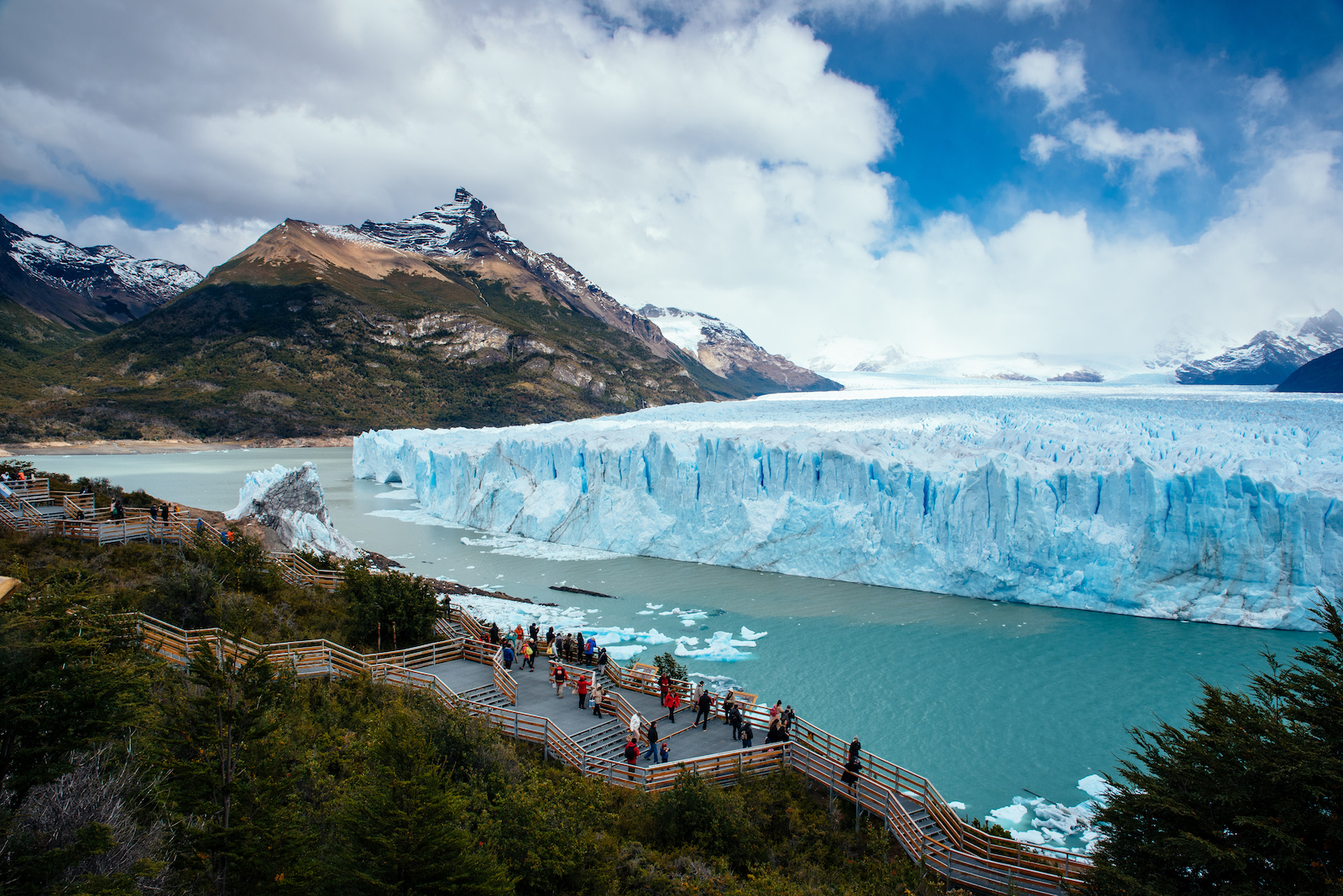
Buenos Aires is the dynamic capital of Argentina, which is known for its gastronomy, art, architecture, and culture. The old colonial architecture from France and Italy is mixed with more modern designs and filled to the brim with street art.
Often called the “Paris of the South”, the capital proudly displays its passion on the streets. Here, you can dance until you drop and smile in the sun. With never-ending energy, Buenos Aires will excite your senses and draw you in for more.
- Culture and Language
- Spending Budget
- How to Get Around
- Top Cities to Visit
- Points of Interest
Culture and Language
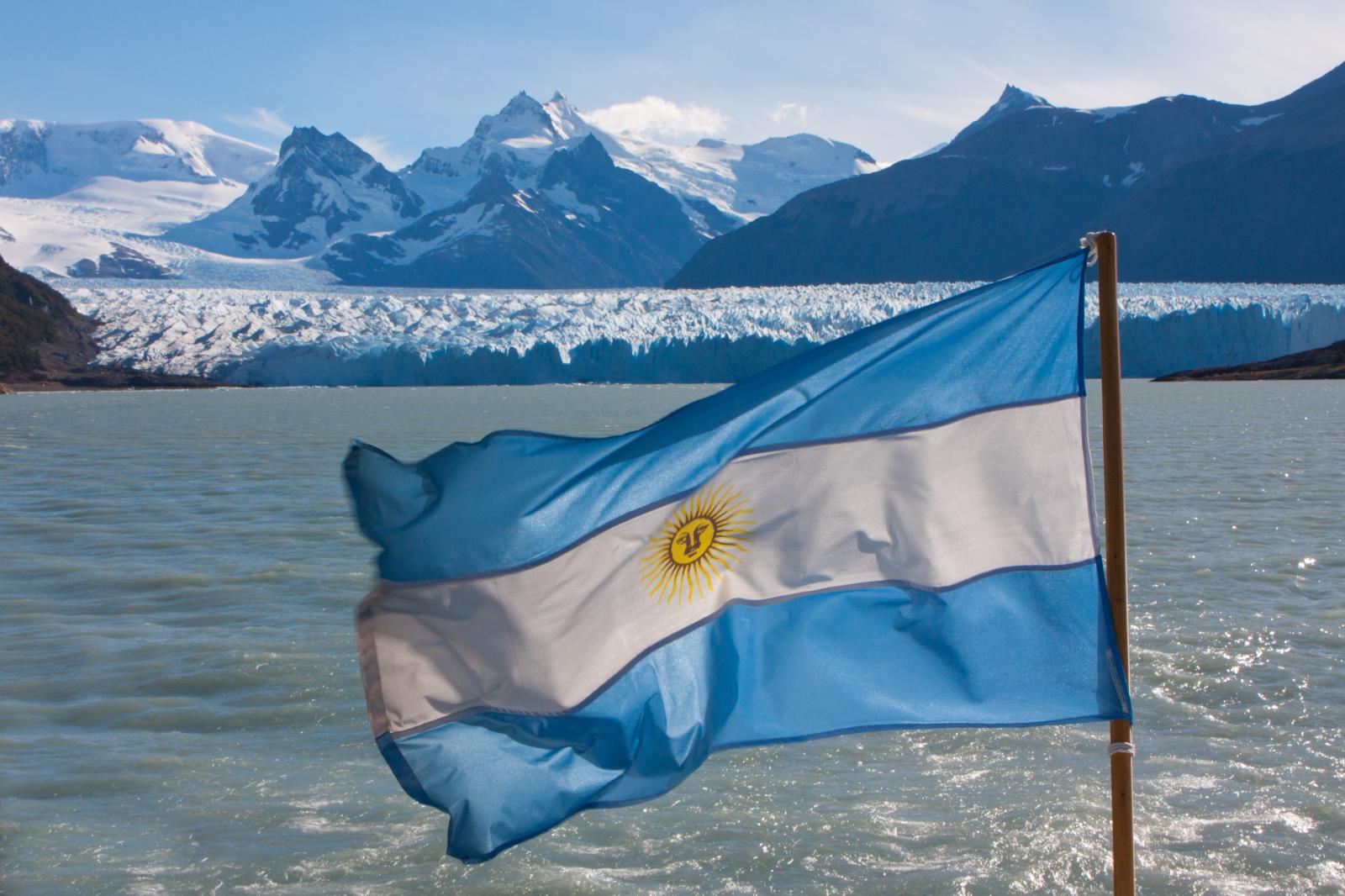
Argentina’s history is generally divided into four parts – early history, colonization, nation-building, and modernity. Before it was colonized, it was ruled by local tribes of indigenous people. These people include the Onas, Yámana, and Tehuelche people who are each from a different region.
These people were the major ethnic groups, who were then colonized beginning in 1502 by Portugal. However, it wasn’t until the Spanish explorer, Juan Díaz de Solís that the area began to establish real settlements.
Buenos Aires was the first area settled, but it was later abandoned for Córdoba. However, Buenos Aires would be an important location in later years, when the war of independence sought to make Argentina an independent country.

The war ended in 1818 and secured independence, which led to the development of liberal and radical governments. Similar to many South American countries, Argentina had its ups and downs with oppressive leaders who sought only power and control. With numerous periods of instability, Argentina has struggled to find a balance between power and the people.
Current issues include corruption, human rights issues, and indigenous rights. But while Argentina is far from perfect, it’s still considered to be one of Latin America’s safest countries to visit. This is mostly because Argentina has avoided the chaos of neighboring countries like Brazil or Colombia.
But while Argentina’s history is complicated, the cumulation of different cultures throughout the year has shaped the country’s identity and made it extremely diverse. From the European settlers to the indigenous population, Latin and immigrants, the culture is a smorgasbord. Most travelers will experience the local culture through the food, architecture, festivals, music, art, and dance.
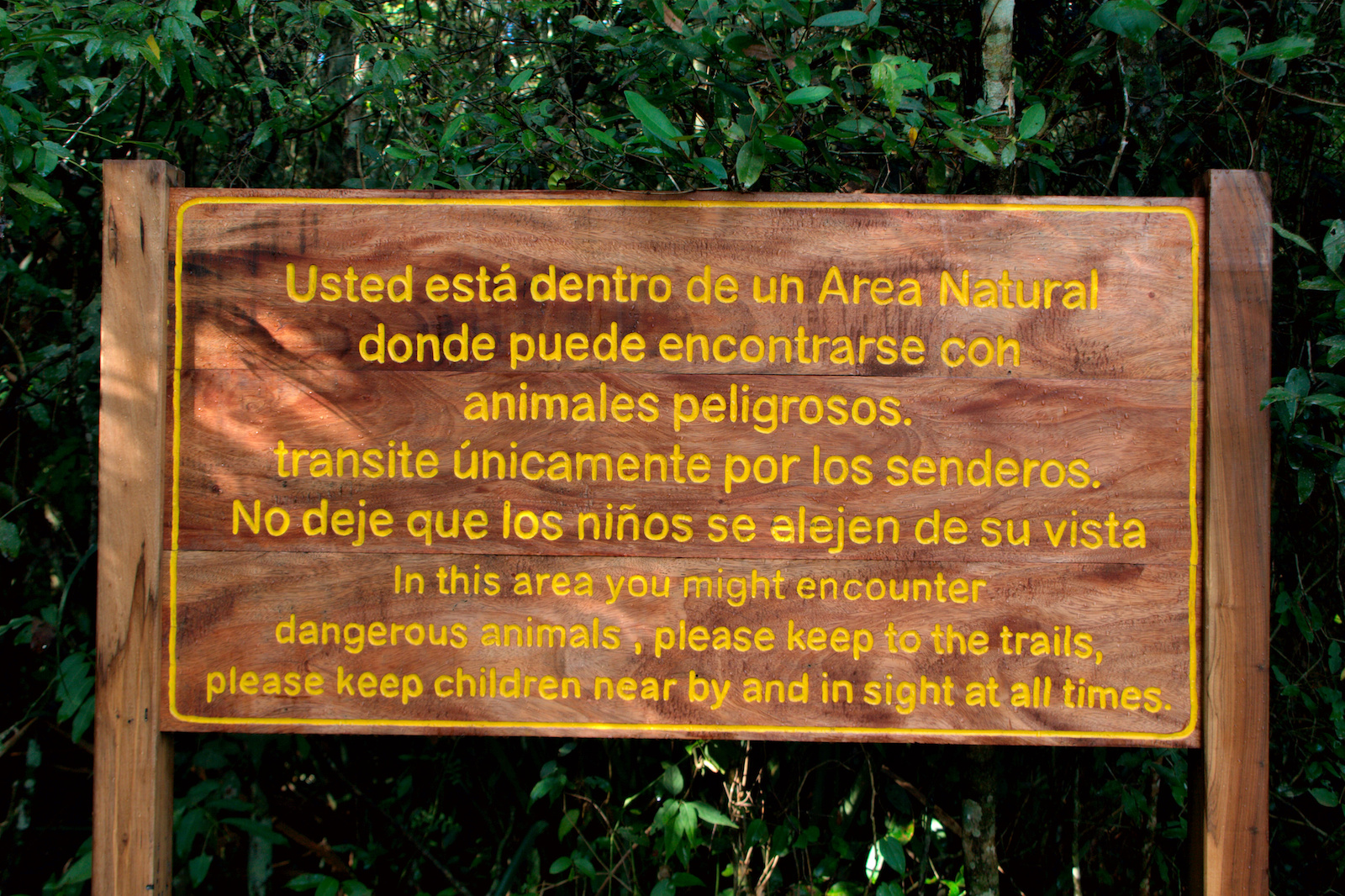
Argentine people are known for being friendly and welcoming to tourists. With a more direct approach, the people are known for being blunt, but that just makes genuine sentimentality all the more appreciated. The people will often greet you with a smile, which will brighten your day.
Official Language
Spanish is the official language in Argentina, but many people will comment that it is a rather distinct version of the dialect. With pronunciations that seem more Italian, Argentine Spanish is quite unique. But alongside Spanish, there are native languages and a surprisingly large number of English speakers.
English has become an important language in Argentina, which is often taught as a second language in primary schools throughout the country. Argentina is known to be ranked as one of the “high aptitude” countries with the English language. With an increase in immigrants, you may also encounter German, French, and Chinese in certain areas of the country too.
Spending Budget
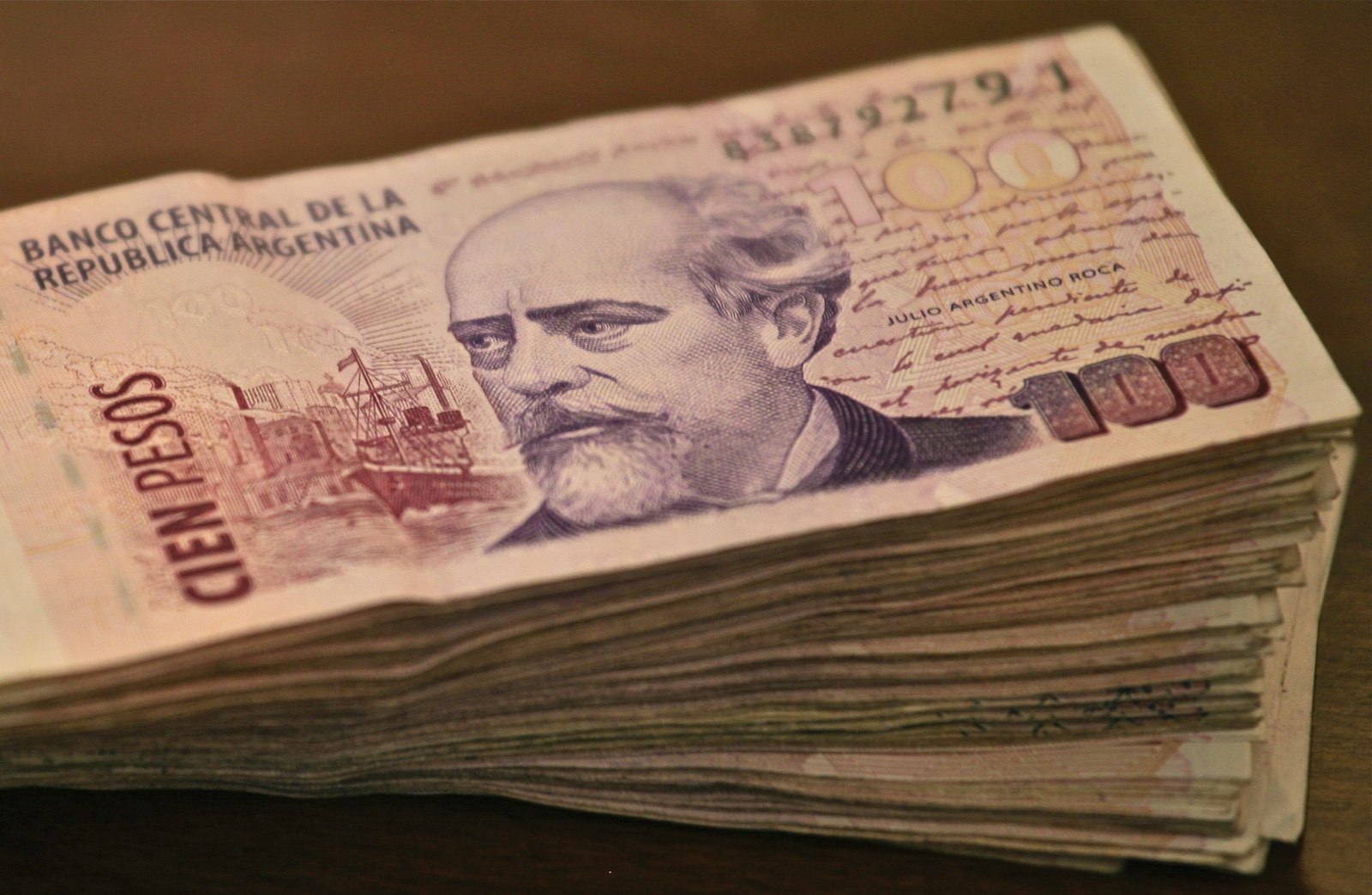
Traveling is always fun but a big part of heading off on an adventure is planning your budget. It’s crucial you pre-plan a budget so that you don’t come up short of funds while you’re far from home.
Argentina is a moderately expensive country to visit, but it can be traveled on an inexpensive budget if you plan accordingly. The most important parts of your budget will be the airfare, accommodation, food, drink, and transportation.
Airfare
Airfare will certainly be the biggest portion of your budget and one of the first purchases you’ll be likely to make, along with your accommodation. Airline tickets to Argentina are expensive and you should expect to pay in the thousands if you’re traveling from the US. However, when you go to Argentina and how early you book your ticket could lower the cost.
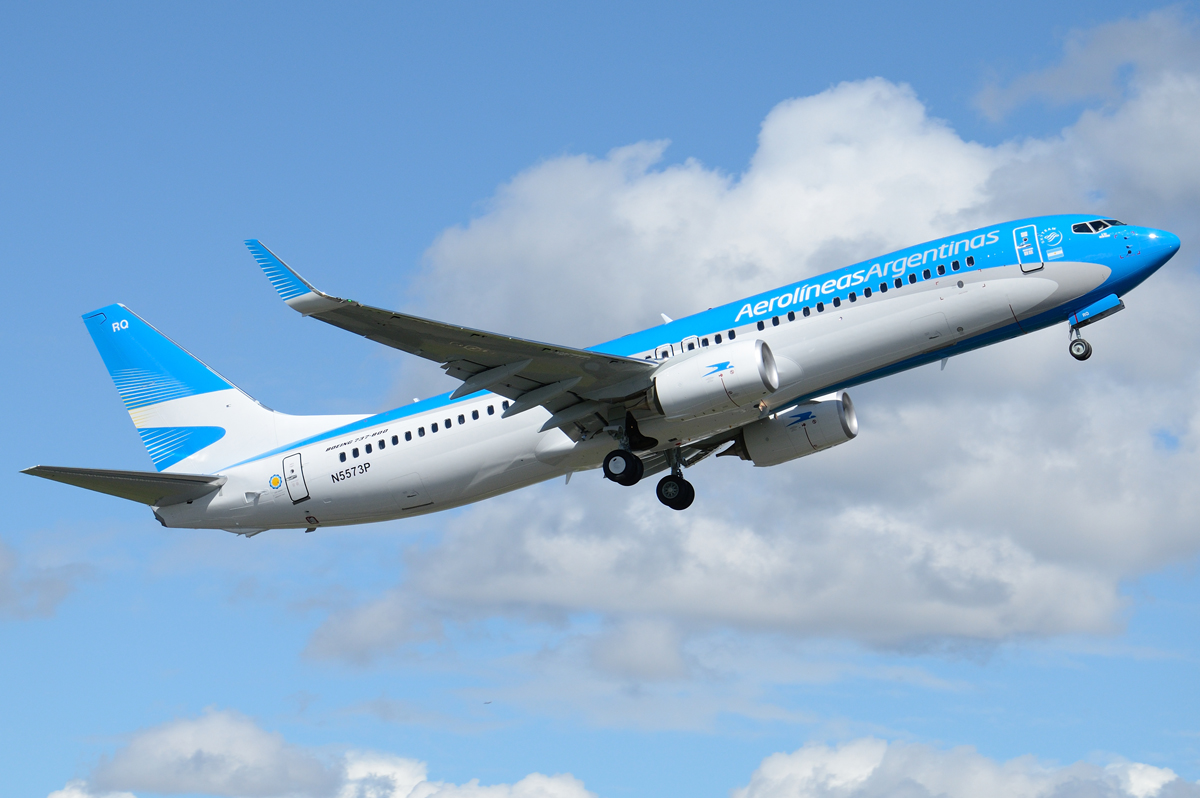
The high tourist season in Argentina runs from November to February, as well as July. This is when you’ll experience the most expensive airline tickets and high prices within the country.
However, October and April are just before and after the high tourist season and still have decent weather. This can be a terrific time to experience the country and lower your budget. You should also book your airline ticket as early as possible, as waiting will likely mean that you will pay more.
Accommodations
Once you’ve booked a ticket, you may also want to book your accommodation or at the very least, consider how much you’ll need for a safe place to stay. Hostels are the most affordable type of accommodation in the country and many will cost relatively little for a dorm room and shared amenities. Private rooms will likely be at least double the price.
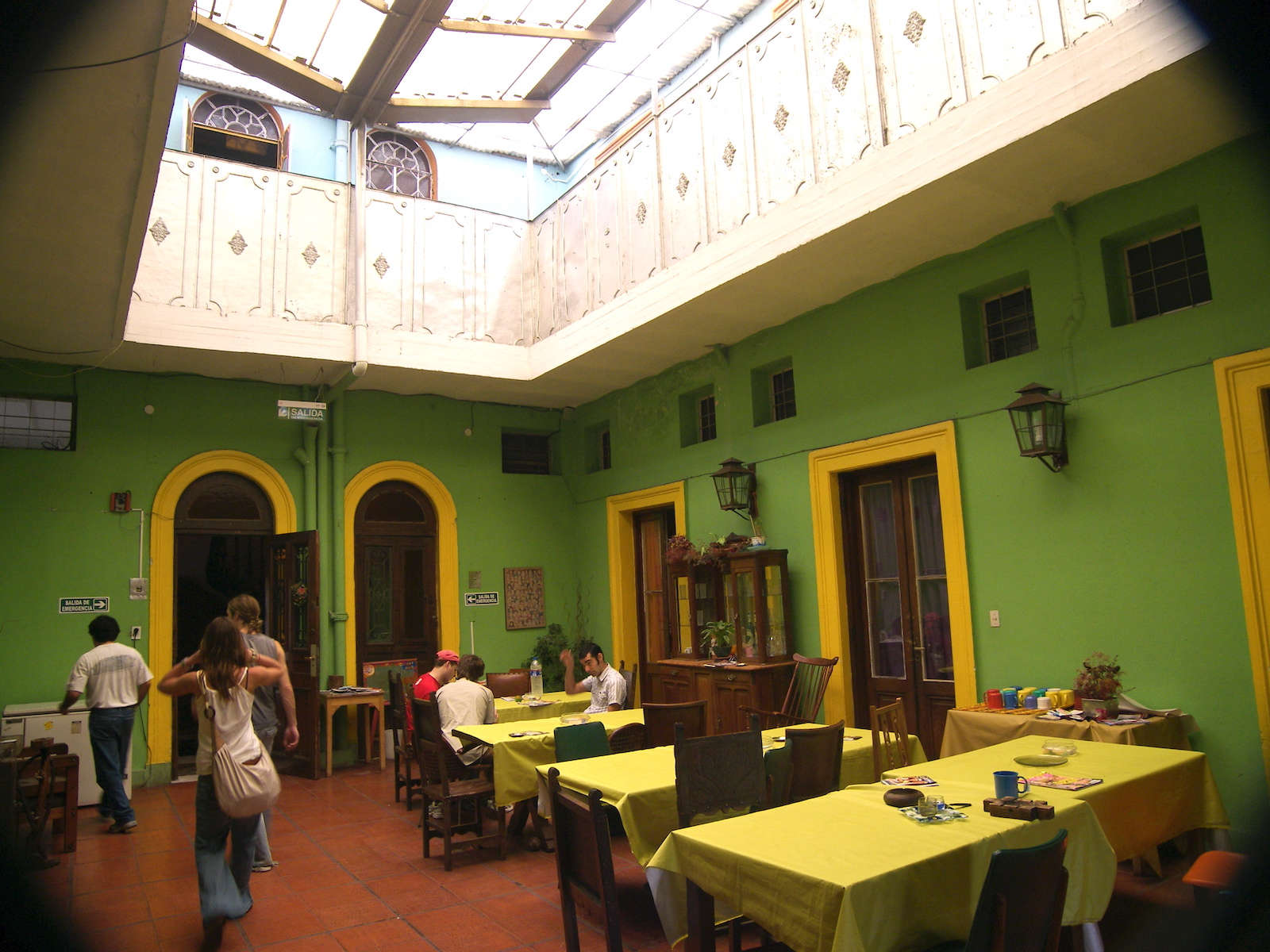
Budget hotels are also an option for a more private space. However, you should expect the price to increase in high-tourist areas like Patagonia. Nicer hotels can easily cost upwards of a couple of hundred dollars a night and would be considered a luxury vacation.
Less common types of accommodation include Airbnb and camping. Airbnb is now established throughout most of Argentina and can be an affordable way to stay in nice places on your vacation.
Camping is also popular in national parks and is an affordable way to sleep. With most campgrounds are very affordable, making them great for saving money and enjoying the stars.
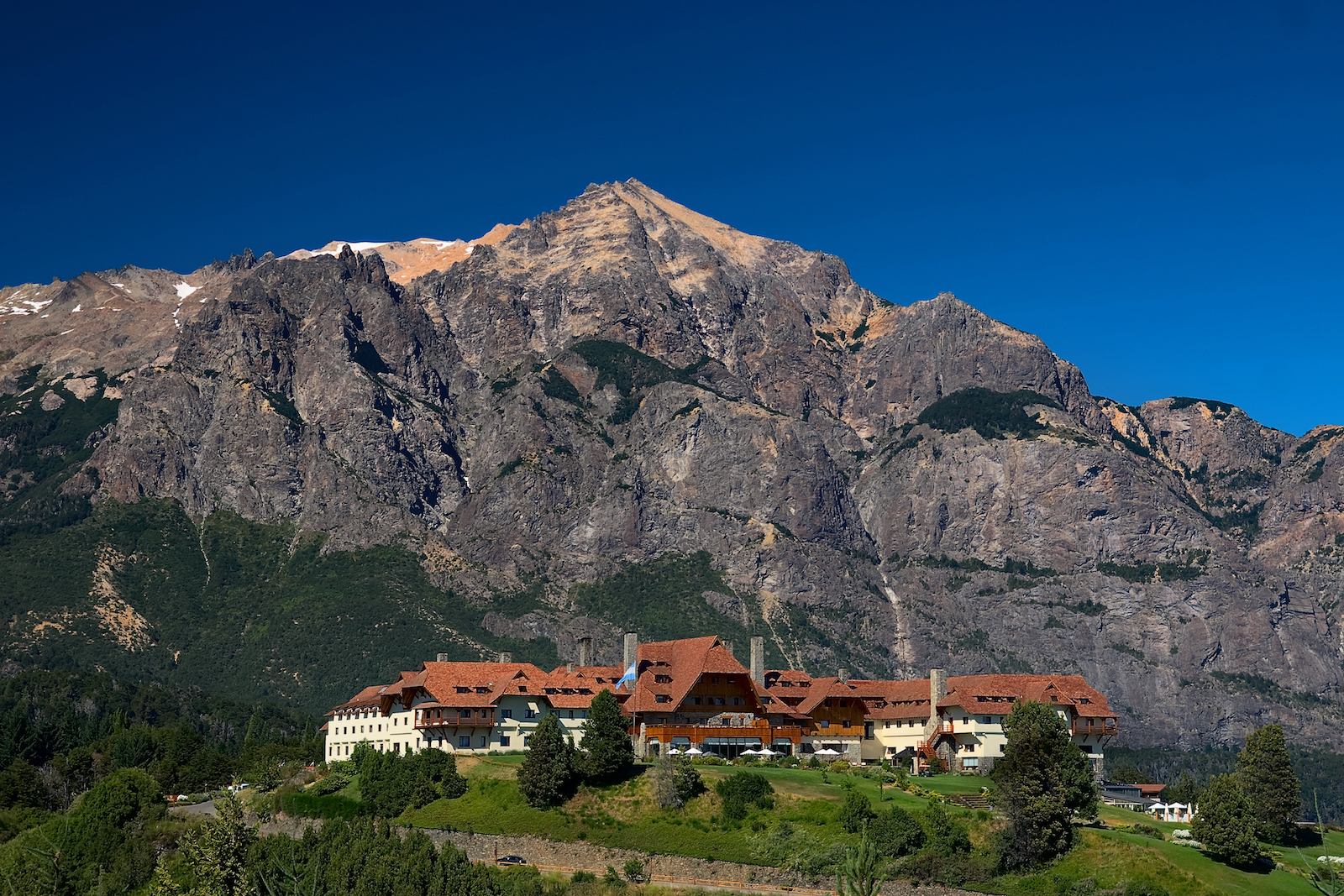
Argentina Food
The next portion of your budget will often be your favorite – food! Eating is always important for hungry travelers and it’s a delicious way to connect to the local culture and lifestyle. Argentine cuisine is an eclectic range of dishes with influences from Europe and Latin America.
Empanadas Tucumanas are Argentina’s take on the famous Latin meat pies, which are a yummy pastries filled with vegetables, meat, and cheese. For a taste of Italy, Argentina also has a pizza a caballo dish, which is a flatbread pizza sandwich.
Chimichurri sauce is also famous in the country and is used to flavor meat, fish, and poultry. Grilling is another tasty way to explore Argentina and the tiro de asado are the country’s famous grilled ribs. Often lightly seasoned, the ribs are then topped with chimichurri sauce for a punch of flavor.
Dining Out
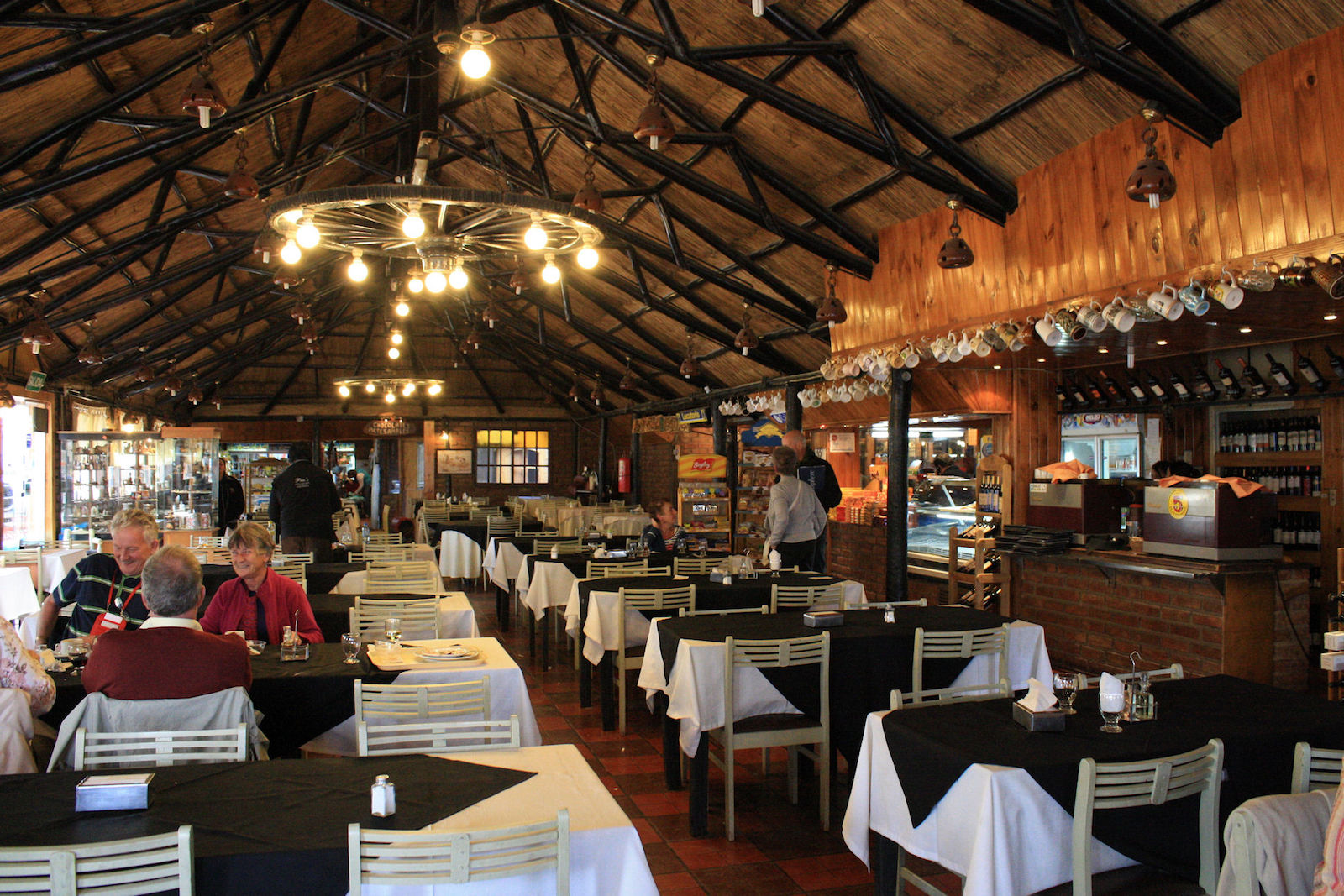
But good food comes with a price and Argentina is known for having higher prices for their meals than other South American countries. For most travelers, the prices are still affordable if you stick to local places.
While a nice restaurant will be moderately priced, top eateries in major cities like Buenos Aires would have prices that rival the United States.
The most affordable way to eat would be to visit the street stalls. Street food, like empanadas, is common throughout Argentina, delicious, and affordable. You can save even more money if you book accommodations with a kitchen and cook yourself.
Many beers throughout the country can be purchased for a few dollars. However, Argentine wine is very popular, and you may be excited to try the local vineyards. As with any wine, you get what you pay for. So cheap wine won’t be as good as a more expensive bottle.
How to Get Around
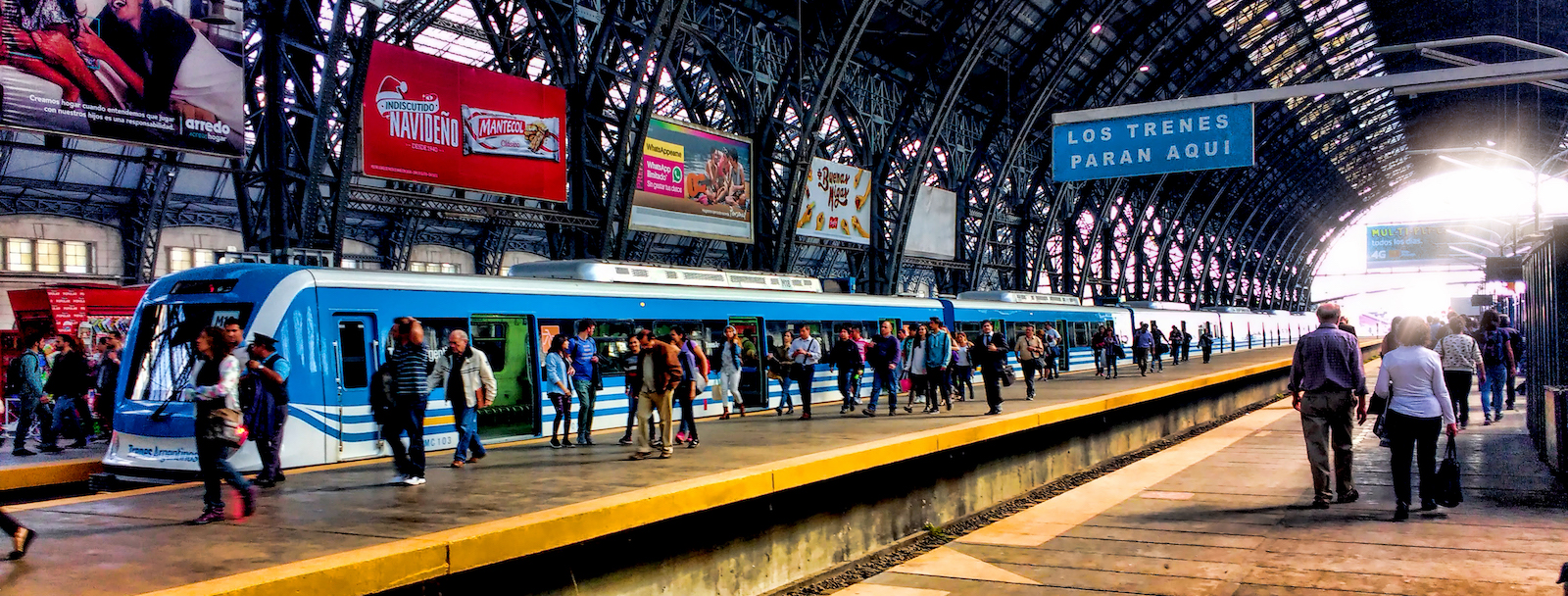
In Argentina, there are so many different places to explore, whether you spend a day in the city or go to a faraway destination. The cost of transportation is the final important part of your budget, which you’ll have to consider to see more of the country and explore new places.
Flights
For travelers who want to see as much as possible and have a limited amount of time, domestic air travel will be the way to go. But it will come at a higher price. A lot higher. Foreigners are often heavily taxed on domestic flights, so you should expect to pay hundreds per flight.
While the price is high, for travelers who can afford it in their budget, it can help them eliminate having to take a long bus ride.
Buses
If you don’t want to spend the money on flights and don’t mind traveling at a slower rate, buses are a great way to get around. Argentina is known for its bus network and there are many different rides for short and long-distance destinations. The cost of the bus will depend on where you are going.
A 14.5-hour bus ride from Buenos Aires to Mendoza will be half the price of the shorter 10-hour ride from Bariloche to El Calafate due to the remoteness of the destination. For most travelers, the most expensive bus ticket would be a few hundred dollars and would take you from Buenos Aires to El Calafate.
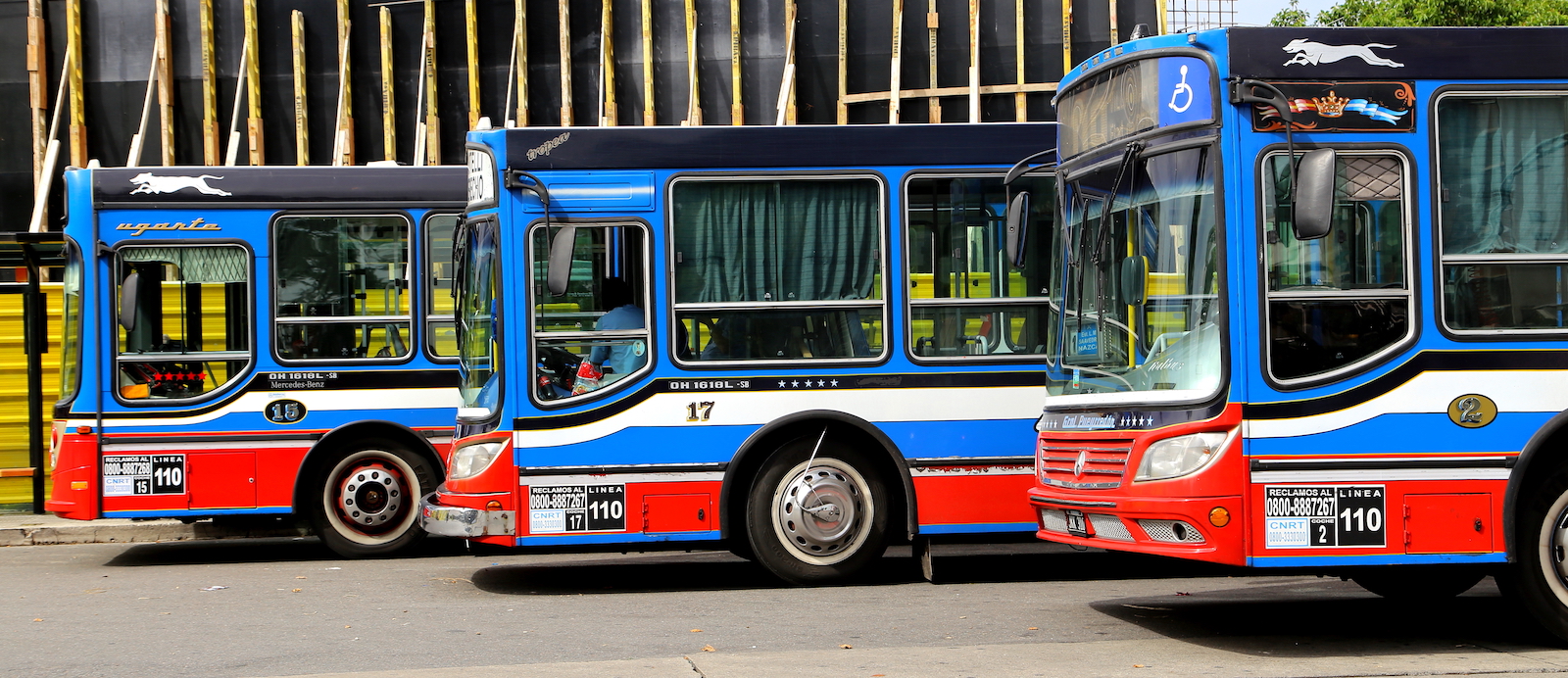
Shorter rides will usually cost less. You can also book overnight bus rides, which means that you save on the cost of accommodation.
Trains and Public Transportation
If you’re traveling between Buenos Aires, Córdoba, or Rosario, you can take a train instead of a bus. Moderately priced, the famous Train to the Clouds ticket prices will be more pricey.
When you aren’t traveling long distances, local transportation is the best way to get around a city. Buenos Aires is the only city with a subway, but most other cities in the country will have a bus transportation system. Rides are also affordable and cost less than one USD each time. Taxis are also affordable.
Walking
In most places, it’s also safe to walk. However, whenever you walk you should be aware of your surroundings and keep your belongings close just to be cautious. In most tourist areas, you can walk to your heart’s delight. Just be mindful of sunset as certain areas can be unsafe after dark.
Top Cities to Visit
While Buenos Aires is the main attraction, there are plenty of other cities to explore too. Here’s a brief overview of the top city destinations in Argentina.
Buenos Aires
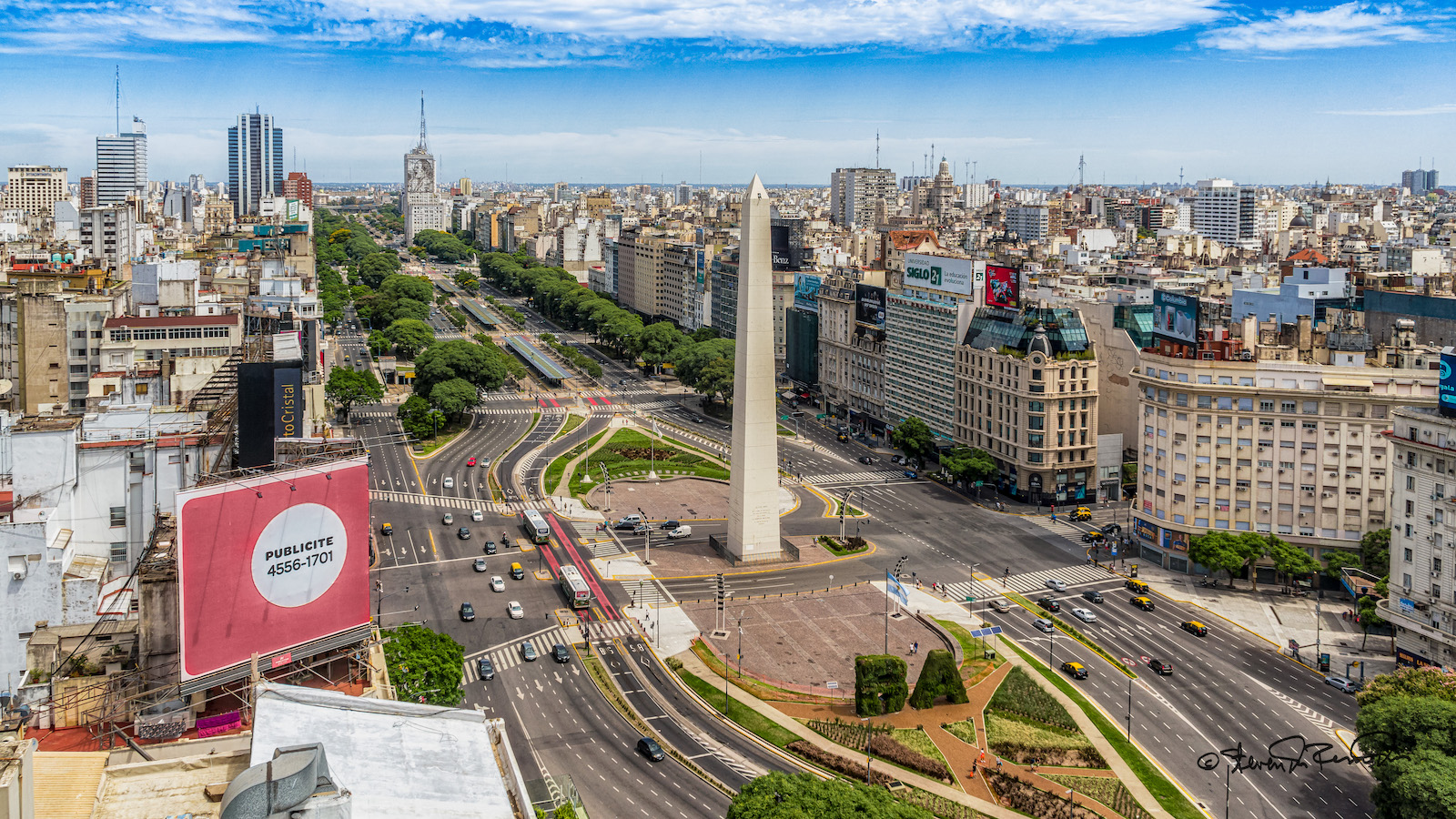
Buenos Aires is the energetic capital of Argentina, which is known for its excellent cafes, restaurants, bars, and nightclubs. The city is a stunning mix of Europe and Latin culture with beauty around every corner. With museums, galleries, theater, and sports, the capital has a little taste of entertainment for everyone.
San Carlos de Bariloche

Often shortened to Bariloche, this area is famous for its numerous lakes. Here, the terrain is often described to be like Switzerland and even incorporated the European country’s architecture into its buildings.
The Cerro Catedral is a famous ski resort in the area, but in the summer you can still explore by hiking or trekking.
El Calafate
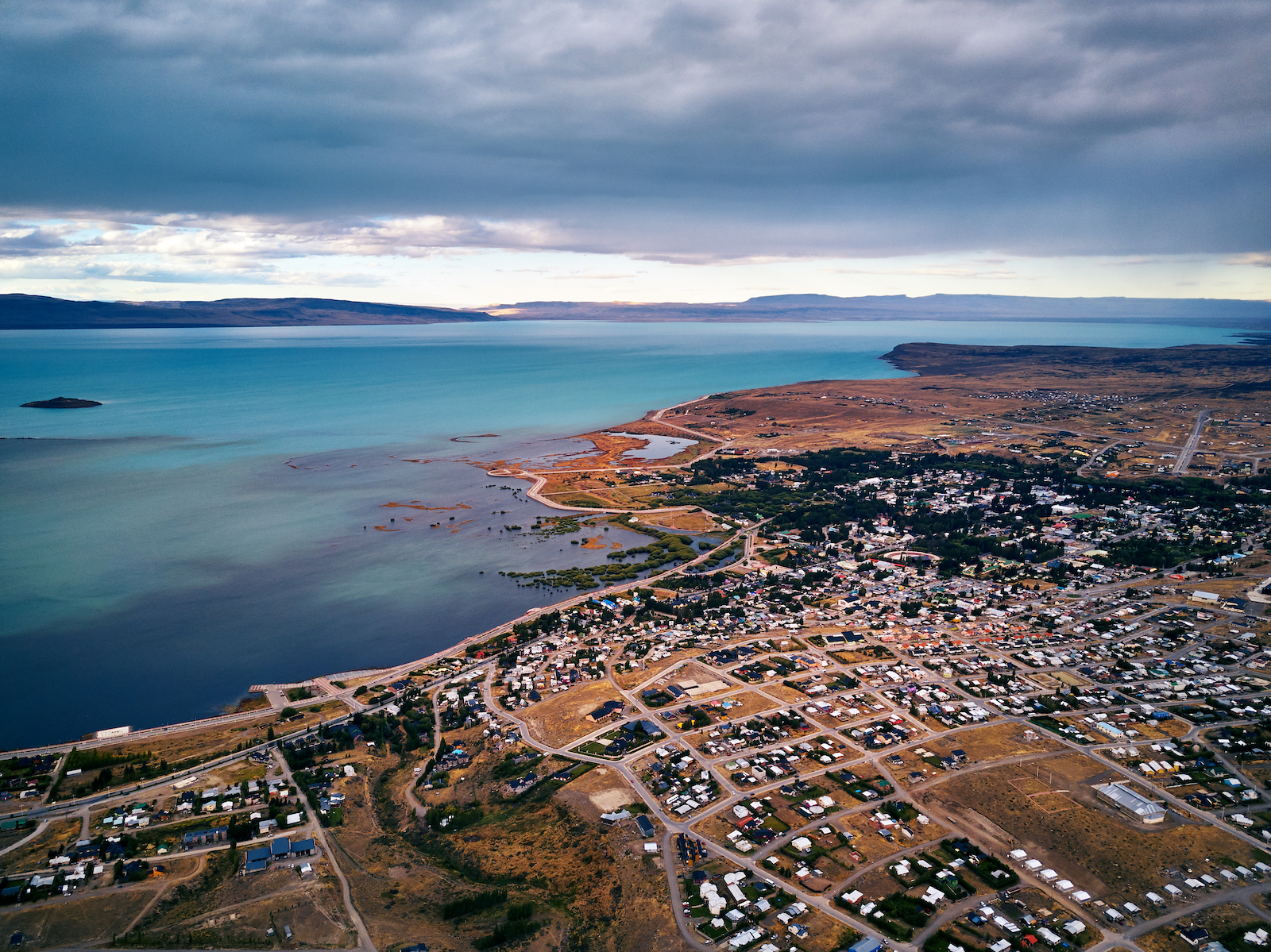
Since the development of the Los Glaciares National Park, El Calafate has become a hotspot on the map. The town is located in a remote area of Patagonia and is often the place for tourists to stay before they visit the Perito Moreno Glacier.
While the town is small, there are quaint shops and restaurants to explore on Main Street.
Mendoza

Mendoza is Argentina’s wine region and the home to world-class vineyards. The city is filled to the brim with fine dining and spacious architecture. With some historic areas preserved, visitors will enjoy walking the streets to see the sights. The Andes Mountains are also nearby so you can arrange a day tour of this world-famous set of peaks.
Córdoba

With a large student population, Córdoba has a youthful energy. There are plenty of bars to explore and you can indulge in the local art scene. The peaceful setting is also a great base camp to explore the nearby region.
Rosario

Similar to the capital, Rosario is a downsized version of Buenos Aires. Here, there are beaches, bars, restaurants, and cafes that all provide a good time. The mix of architectural styles gives Rosario a unique appearance, but the wide streets and pathways are extremely pedestrian friendly.
Ushuaia
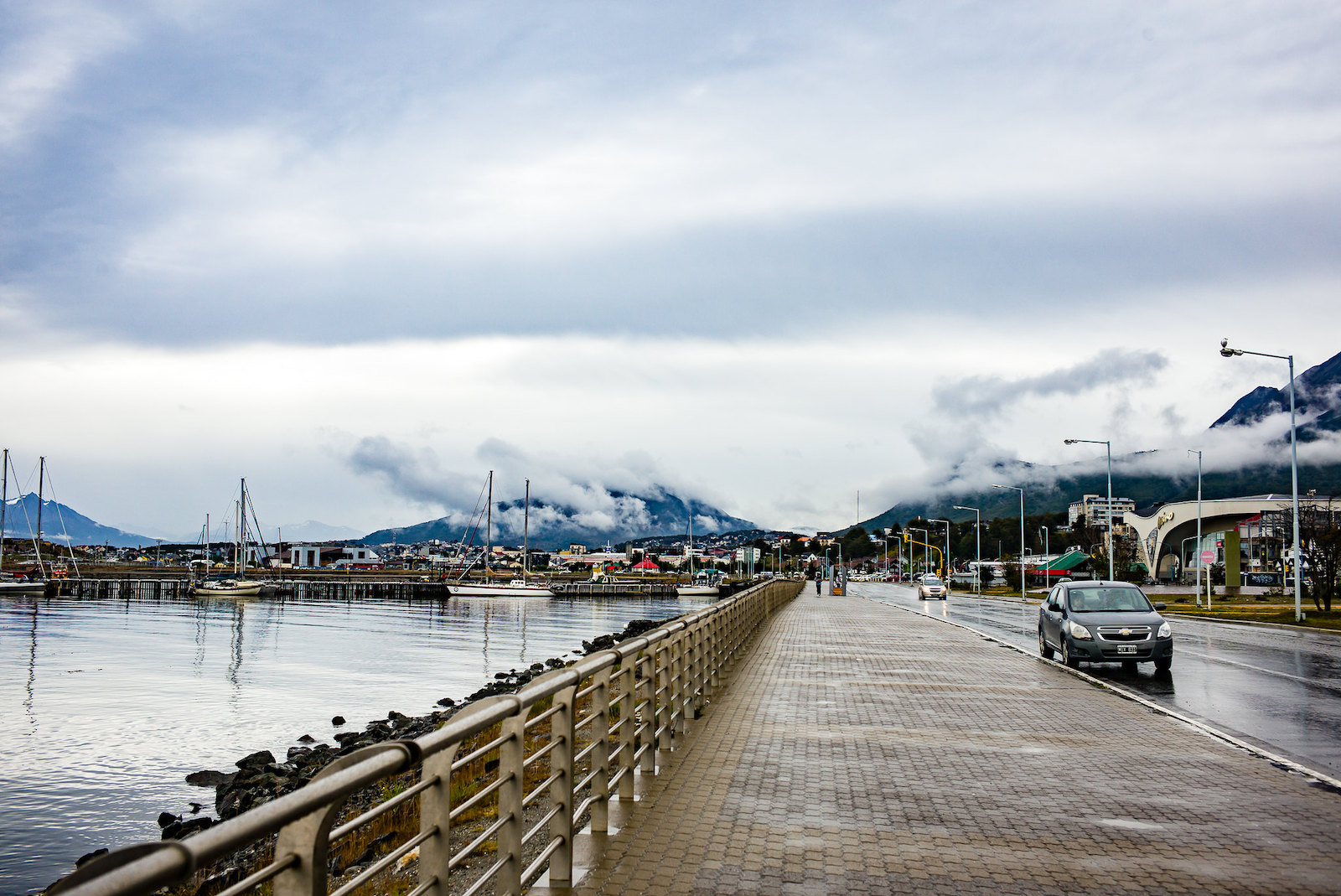
You’ve hit the bottom of the world – almost. Ushuaia is the world’s southernmost city and is located on the Tierra del Fuego archipelago. With a dramatic mountain backdrop, this city mostly attracts people who want to explore the outdoors by kayaking, sailing, trekking, and skiing. It’s also the go-to spot for Antarctic exploration as all ships depart from Ushuaia.
Points of Interest
While cities are always at the top of the list, you may also find that there are certain attractions that pique your interest. With an entire country to explore, here are some of the best tourist attractions in Argentina.
Discover the amazing thermal springs in Argentina on Top Hot Springs.
Iguazu Falls
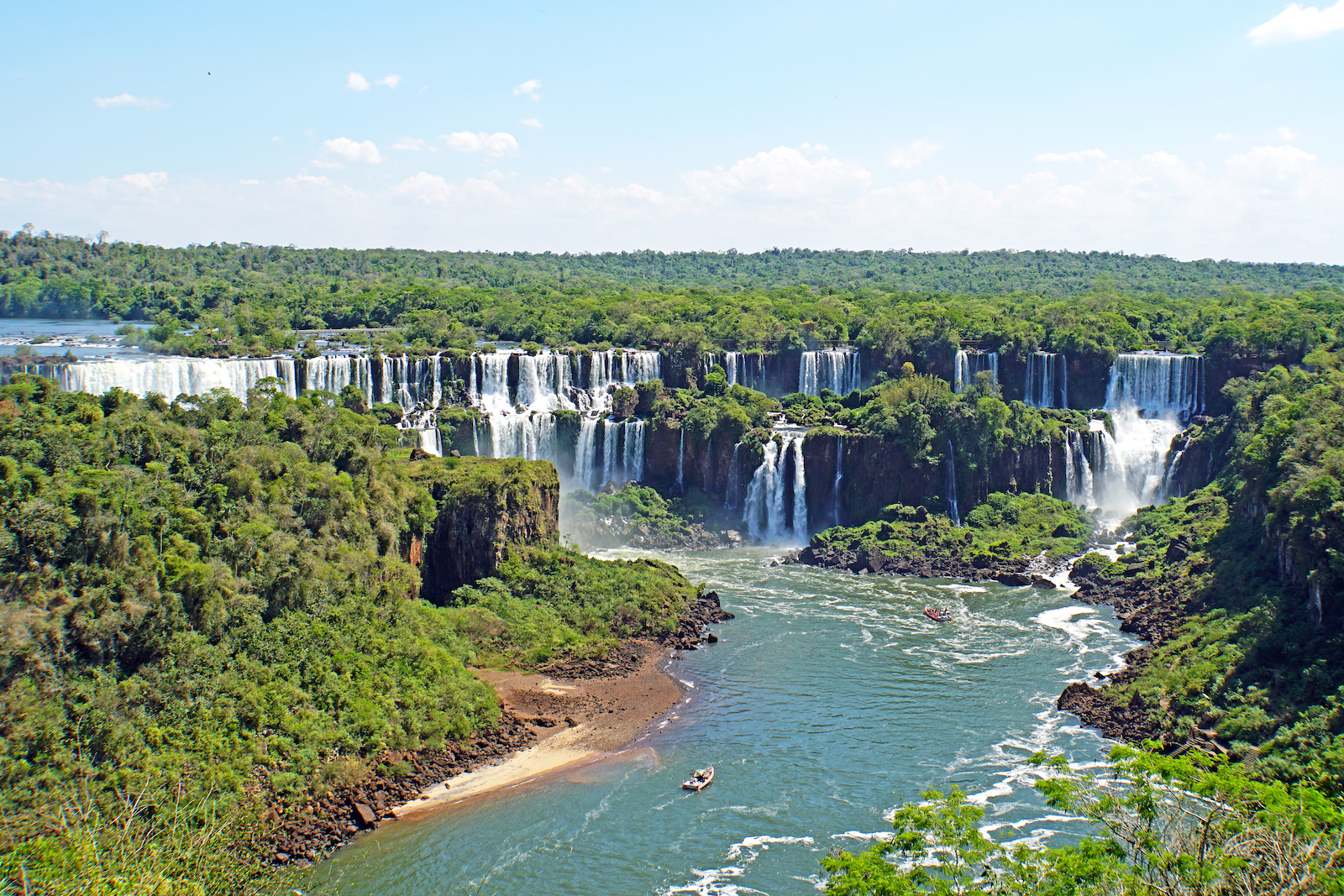
Between the border of Brazil and Argentina are the Iguazu Falls, which are a large set of cascades on the Iguazu River. Take a boat out onto the water to feel the mist or spend the day relaxing in the nearby spas. You may even catch a glimpse of the exotic wildlife peeking through the lush greenery.
Los Glaciares

Here is the land of glaciers and where you can hear the sounds of ice cracking. Los Glaciares is located in the Patagonia region and it has the largest icecap apart from Antarctica and Greenland. The mountain backdrop is also great for climbing to get a better view of the glaciers.
Puerto Madryn
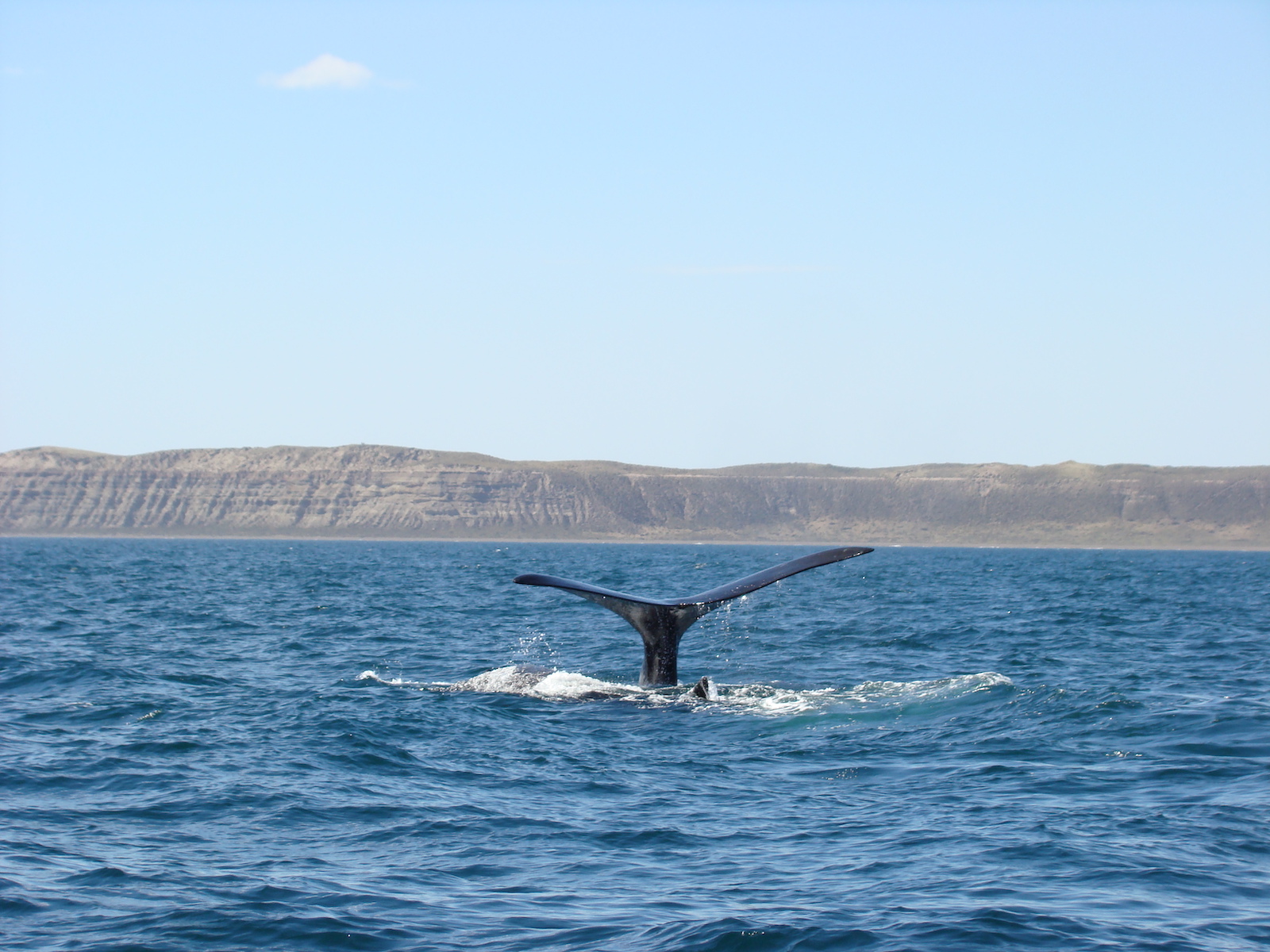
For whale lovers, Puerto Madryn is the place to go. The Southern Right Whale breeds here every year and births its young. The whales come close to shore so that you can see them from the coast. Or take a boat out onto the water by booking a day tour. But you should book early because, during the summer months, which is whale season, the town’s population explodes.
Mar del Plata

Beach lovers will be enchanted by Mar del Plata, which is Argentina’s top resort area. The buzzing nightlife continues on into the day as people sip their drinks on the beach. With endless entertainment, this area is the perfect mix of party and relaxation.
“En unión y libertad” (“In Unity and Freedom”)
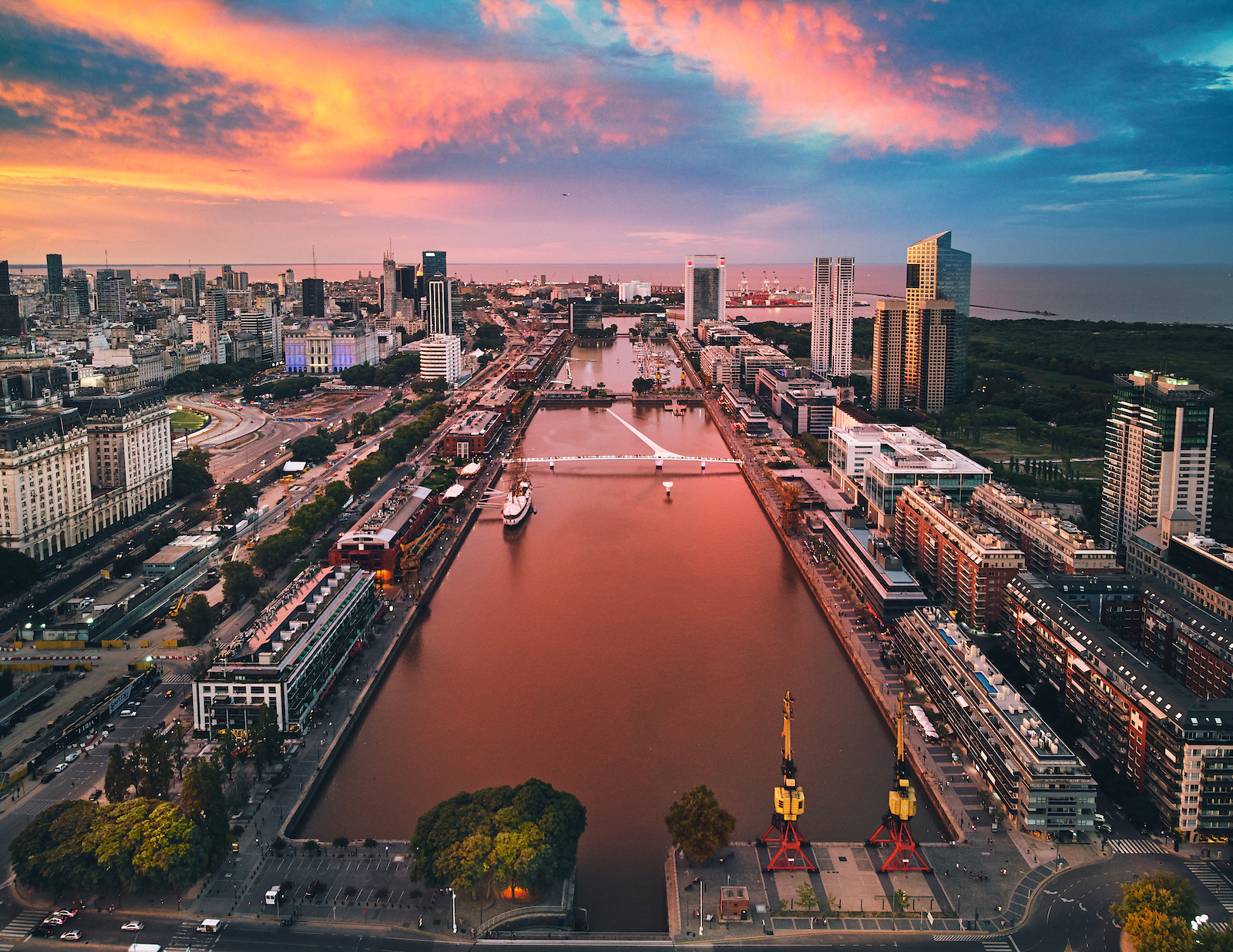
Argentina has the exact zest of life that you need to liven your adventures. With endless opportunities to escape into nature, explore the local cuisine, or get to know the wine – tourists with fall in love with this South American dream. The high safety of the country also means that you can travel with fewer worries and test your toes with the tango.



 What Is Australia Most Famous For?
What Is Australia Most Famous For?